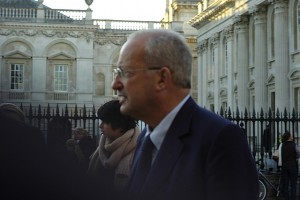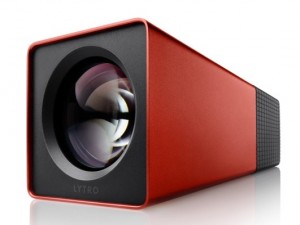 Like many photographers, I’m obsessed by sharpness, by which I generally mean accurate focussing. I hate pictures in which the prime subject isn’t sharply in focus — which is one of the reasons I was fed up with this picture I took last Saturday of David Sainsbury, who has been elected Chancellor of Cambridge University in succession to Prince Phillip. It could — should — have been such an interesting picture. The light was lovely, and the juxtaposition of the man with the Senate House over which he will soon be presiding would have been perfect — if he’d been in focus. But I was using a Leica M8 while clumsily holding a gown and a bag and I blew it. (Of course you could quite reasonably object that if I’d been using a simple, auto-focussing point-and-shoot camera I’d have got the picture, and you’d be right, but my attachment to obsolete technology runs deep).
Like many photographers, I’m obsessed by sharpness, by which I generally mean accurate focussing. I hate pictures in which the prime subject isn’t sharply in focus — which is one of the reasons I was fed up with this picture I took last Saturday of David Sainsbury, who has been elected Chancellor of Cambridge University in succession to Prince Phillip. It could — should — have been such an interesting picture. The light was lovely, and the juxtaposition of the man with the Senate House over which he will soon be presiding would have been perfect — if he’d been in focus. But I was using a Leica M8 while clumsily holding a gown and a bag and I blew it. (Of course you could quite reasonably object that if I’d been using a simple, auto-focussing point-and-shoot camera I’d have got the picture, and you’d be right, but my attachment to obsolete technology runs deep).
 On the other hand, accurate focussing isn’t everything. One of my favourite books is An Inner Silence: The Portraits of Henri Cartier-Bresson
On the other hand, accurate focussing isn’t everything. One of my favourite books is An Inner Silence: The Portraits of Henri Cartier-Bresson. It has some truly wonderful, insightful portraits, but by my reckoning in at least 10 per cent the subjects are slightly out of focus. And yet in most of those cases it doesn’t really matter. So perhaps my obsessiveness with sharpness is a symptom not of aesthetic sensibility but of nerdish perfectionism.
“From today, painting is dead” is an aphorism often attributed to Paul Delaroche, a 19th century French painter, upon seeing the first Daguerreotypes (though Wikipedia maintains there is no compelling evidence that he actually said it). But the phrase came to mind as I looked at the first pictures from the Lytro lightfield camera, which goes on sale next year. Based on some discoveries made by a Stanford student, Ren Ng, the camera turns the normal process of compose-focus-shoot on its head. Instead you just point the Lytro at whatever you want to photograph, and then you can retrospectively focus in on any part of the image. As the New York Times explains: “With Lytro’s camera, you can focus on any point in an image taken with a Lytro after you’ve shot the picture. When viewing a Lytro photograph on your computer, you can simply click your mouse on any point in the image and that area will come into focus. Change the focal point from the flower to the child holding the flower. Make the background blurry and the foreground clear. Do the opposite — you can change the focal point as many times as you like.”
The company behind the technology calls this “focussing after the fact”.
Since you’ll capture the color, intensity, and direction of all the light, you can experience the first major light field capability – focusing after the fact. Focus and re-focus, anywhere in the picture. You can refocus your pictures at anytime, after the fact.
And focusing after the fact, means no auto-focus motor. No auto-focus motor means no shutter delay. So, capture the moment you meant to capture not the one a shutter-delayed camera captured for you.
It’s intriguing and counterintuitive — as some of the examples provided on the site demonstrate. And of course the magic won’t work on paper, so if Lytro pics are to be exhibited in all their counter-intuitive glory they’ll have to be displayed on computer monitors. Still, it’s an interesting development.
The camera comes in two flavours, depending on the amount of onboard storage you want. The 8GB model holds 350 pictures and costs $399, while the 16GB model holds 750 and costs $499. The devices start shipping in “early 2012”.
Oh — and they only work with Apple machines. For now.

